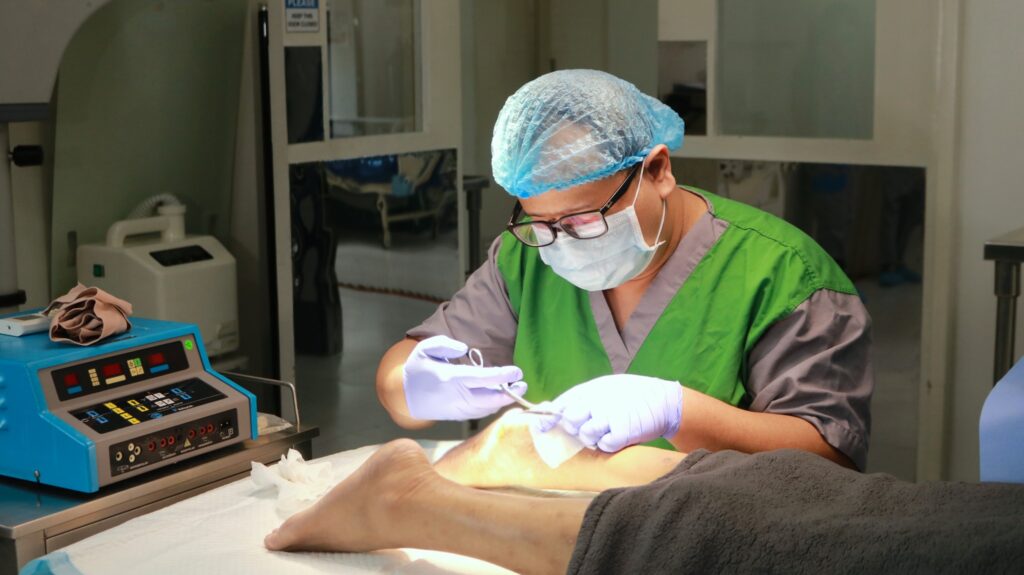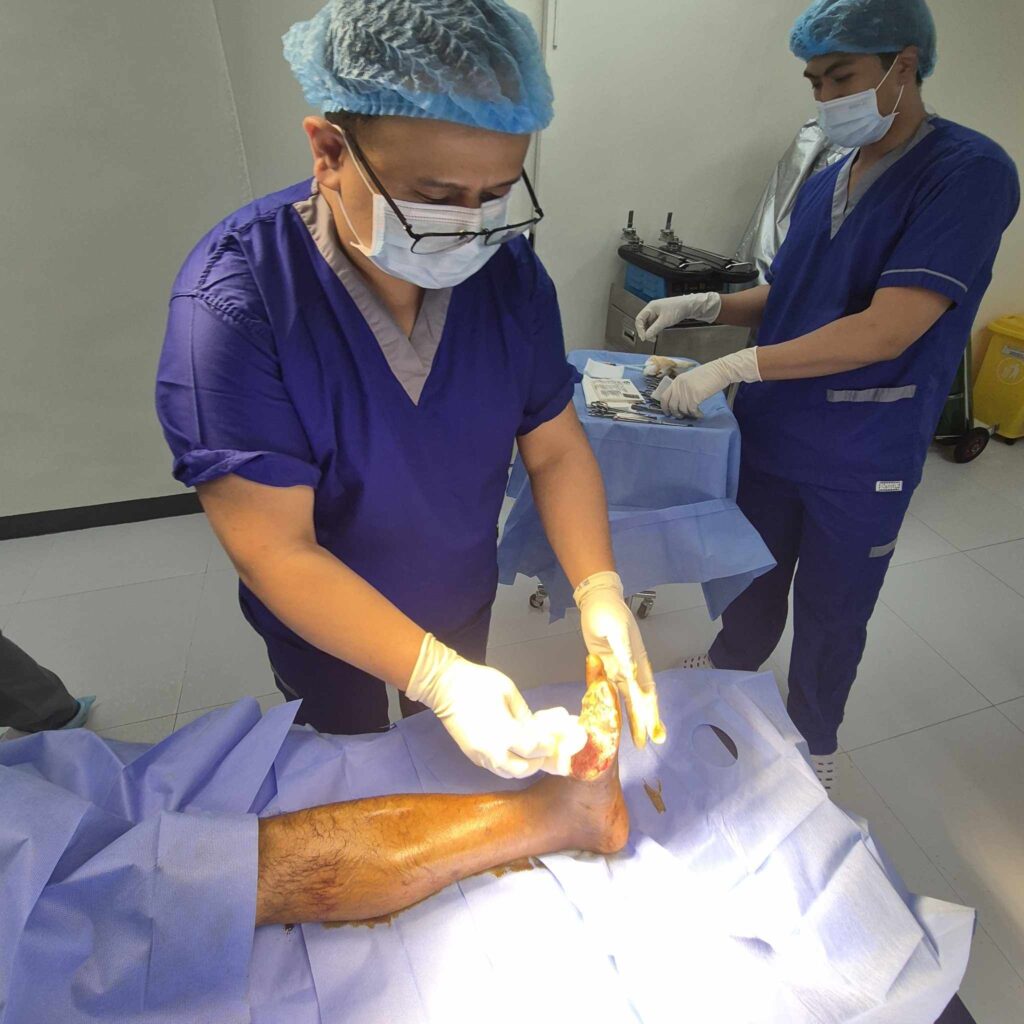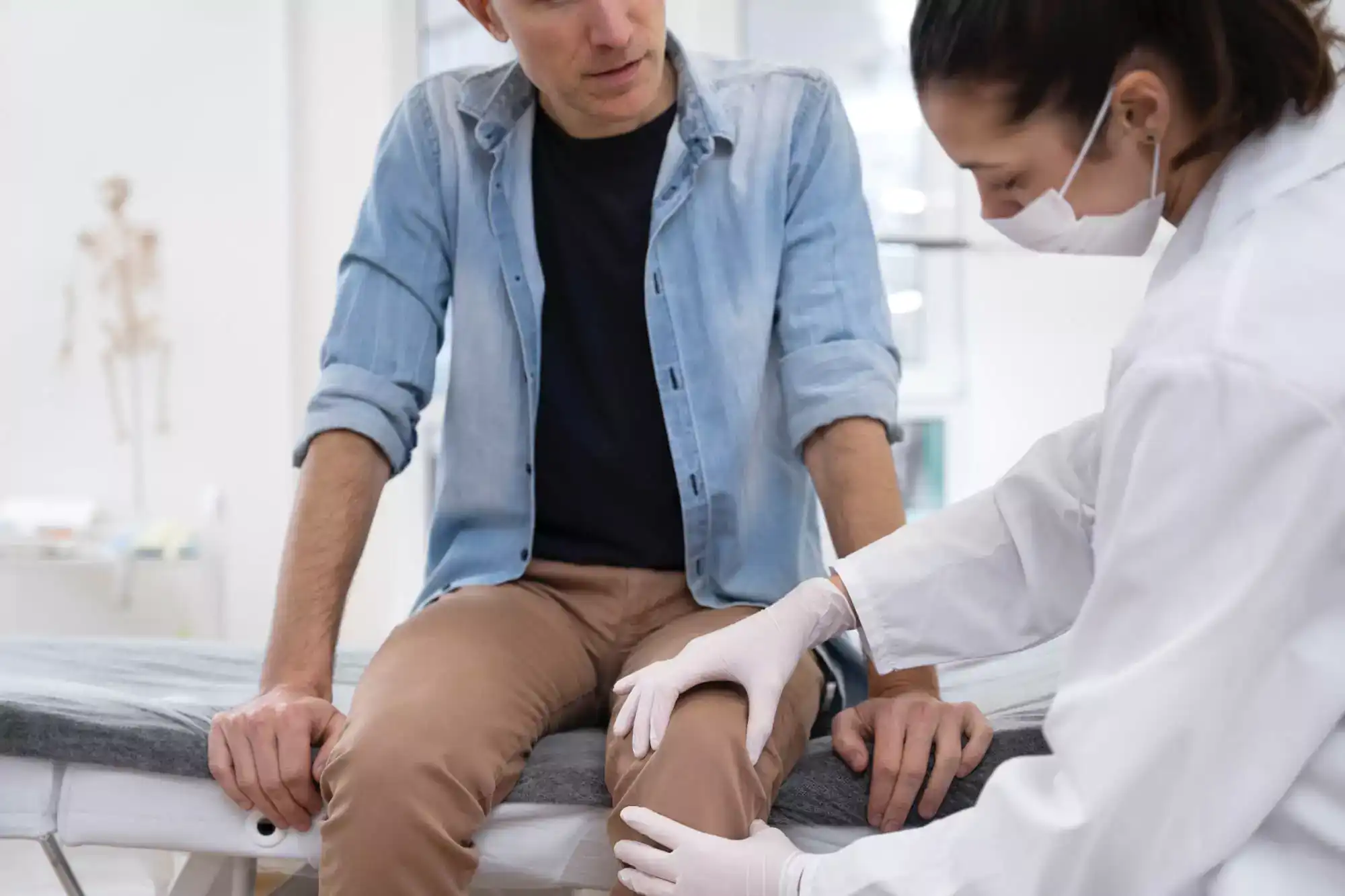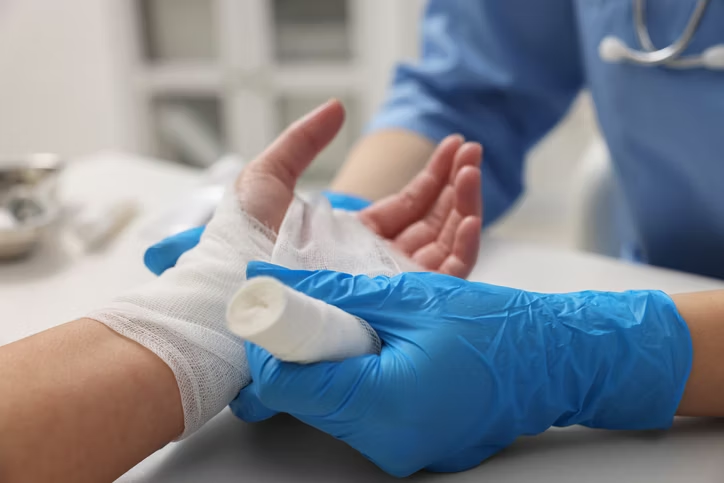Decubitus ulcers, commonly known as pressure ulcers or bedsores, pose a serious health challenge for many individuals, especially those with limited mobility. These wounds not only cause physical discomfort but also impact emotional well-being and quality of life. Effective decubitus ulcer treatment is essential to prevent complications, promote healing, and restore a patient’s comfort and dignity.
At Kalingap Wound Care Clinic in Quezon City, patients across Metro Manila receive specialized care focused on healing these wounds through compassionate, affordable, and accessible treatment options. This article explores what decubitus ulcers are, why prompt treatment matters, available treatment methods, and tips on prevention — all essential knowledge for caregivers, patients, and health professionals alike.
What Are Decubitus Ulcers?
Decubitus ulcers develop when constant pressure on the skin restricts blood flow to underlying tissues. Without adequate blood supply, skin and tissue begin to break down, resulting in painful wounds. These ulcers are especially common among individuals who are bedridden, use wheelchairs, or have limited ability to change positions.
The most frequent sites for pressure ulcers include bony prominences such as the hips, heels, and tailbone. Areas where bones are close to the skin’s surface are most vulnerable. Factors such as poor nutrition, moisture from sweat or incontinence, and friction can worsen the skin’s condition, increasing the risk of ulcer formation.
Pressure ulcers are classified into four stages based on their severity:
- Stage I: Reddened skin that does not blanch when pressed. The skin is intact but may be painful or itchy.
- Stage II: Partial-thickness skin loss involving the epidermis and sometimes the dermis, resembling a blister or shallow crater.
- Stage III: Full-thickness skin loss extending into the subcutaneous tissue, possibly exposing fat.
- Stage IV: Severe full-thickness tissue loss exposing muscle, bone, or supporting structures.
Understanding these stages helps guide the appropriate decubitus ulcer treatment plan.
Why Immediate Decubitus Ulcer Treatment Is Crucial
Ignoring or delaying treatment of pressure ulcers can lead to serious consequences. The wounds may become infected, spreading bacteria to surrounding tissues and sometimes entering the bloodstream, causing life-threatening sepsis. Chronic ulcers can also result in prolonged hospital stays, increased healthcare costs, and a decline in a patient’s overall quality of life.
Beyond the physical risks, pressure ulcers often cause emotional distress. Pain, discomfort, and limited mobility can lead to feelings of helplessness and depression. Families and caregivers also face emotional and physical burdens, emphasizing the need for comprehensive care.
Early identification and treatment of decubitus ulcers are vital. Addressing wounds in their initial stages improves the chances of complete healing and reduces complications.
Decubitus Ulcer Treatment Options
Treating pressure ulcers requires a multifaceted approach tailored to the patient’s condition and ulcer stage. The goal is to promote healing, relieve pressure, prevent infection, and maintain overall skin health.
Wound Cleaning and Dressing: Proper wound care is the foundation of decubitus ulcer treatment. Cleaning the ulcer gently with saline solution removes debris and bacteria without damaging healthy tissue. Specialized dressings help maintain a moist wound environment, which is critical for healing.
Different dressings are used depending on the wound’s stage and condition. Hydrocolloid, foam, and alginate dressings are popular options for managing exudate (fluid) and protecting the ulcer from contamination.
Pressure Relief: Reducing pressure on vulnerable areas is essential. Patients may benefit from pressure-relieving mattresses, cushions, and repositioning schedules that encourage movement at least every two hours. These interventions help restore blood flow and prevent further tissue damage.
Nutritional Support: Nutrition plays a crucial role in wound healing. Adequate protein intake, vitamins (especially vitamin C and zinc), and hydration support tissue repair and strengthen the immune system. Nutritional counseling may be part of a comprehensive decubitus ulcer treatment plan.
Infection Control and Pain Management: If infection occurs, antibiotics may be necessary. Pain associated with pressure ulcers should not be overlooked; appropriate analgesics and topical treatments can improve comfort and quality of life.
Advanced Therapies and Surgery: For severe or non-healing ulcers, advanced options such as negative pressure wound therapy (vacuum-assisted closure) or surgical intervention may be recommended. Surgery can involve debridement (removal of dead tissue) or skin grafts to close the wound.
Kalingap Wound Care Clinic: Compassionate Healing in Quezon City
Kalingap Wound Care Clinic stands out as a beacon of hope for patients suffering from decubitus ulcers in Metro Manila. As a Filipino-led clinic, Kalingap deeply values community, compassion, and accessibility, ensuring that effective decubitus ulcer treatment is available to those who need it most.
The clinic’s holistic approach goes beyond simply dressing wounds. At Kalingap, healing means restoring patients’ comfort, dignity, and mobility through personalized care plans tailored to each individual’s unique needs. Affordable services ensure that families from various backgrounds can access the expert care necessary to manage and heal pressure ulcers.
By combining clinical expertise with emotional support, Kalingap helps patients and families navigate the challenges of decubitus ulcers with confidence and hope.
How to Prevent Decubitus Ulcers
Prevention is the best approach to combatting pressure ulcers, especially for those at higher risk due to immobility or medical conditions. Simple but consistent steps can dramatically reduce the chances of developing bedsores:
- Regular Repositioning: Change the patient’s position at least every two hours to relieve pressure on vulnerable areas.
- Skin Care: Keep skin clean and dry, using moisturizers to prevent dryness and cracking.
- Use Supportive Surfaces: Specialized mattresses, cushions, and pads distribute weight evenly.
- Monitor Skin Daily: Inspect bony areas regularly for early signs of redness or damage.
- Proper Nutrition: Ensure balanced diets rich in protein, vitamins, and fluids.
- Educate Caregivers: Training families and healthcare workers on early signs and preventive care enhances outcomes.
Implementing these strategies alongside professional decubitus ulcer treatment reduces incidence and supports quicker healing when ulcers occur.
Takeaway
Effective decubitus ulcer treatment is a critical healthcare need that can dramatically improve the lives of patients with limited mobility. Proper wound care, pressure relief, infection control, and nutritional support are all key components of successful healing.
Kalingap Wound Care Clinic in Quezon City exemplifies compassionate and holistic care by prioritizing accessibility and dignity for every patient. Their mission to restore comfort and mobility serves as an important model for wound care in the Philippines.






